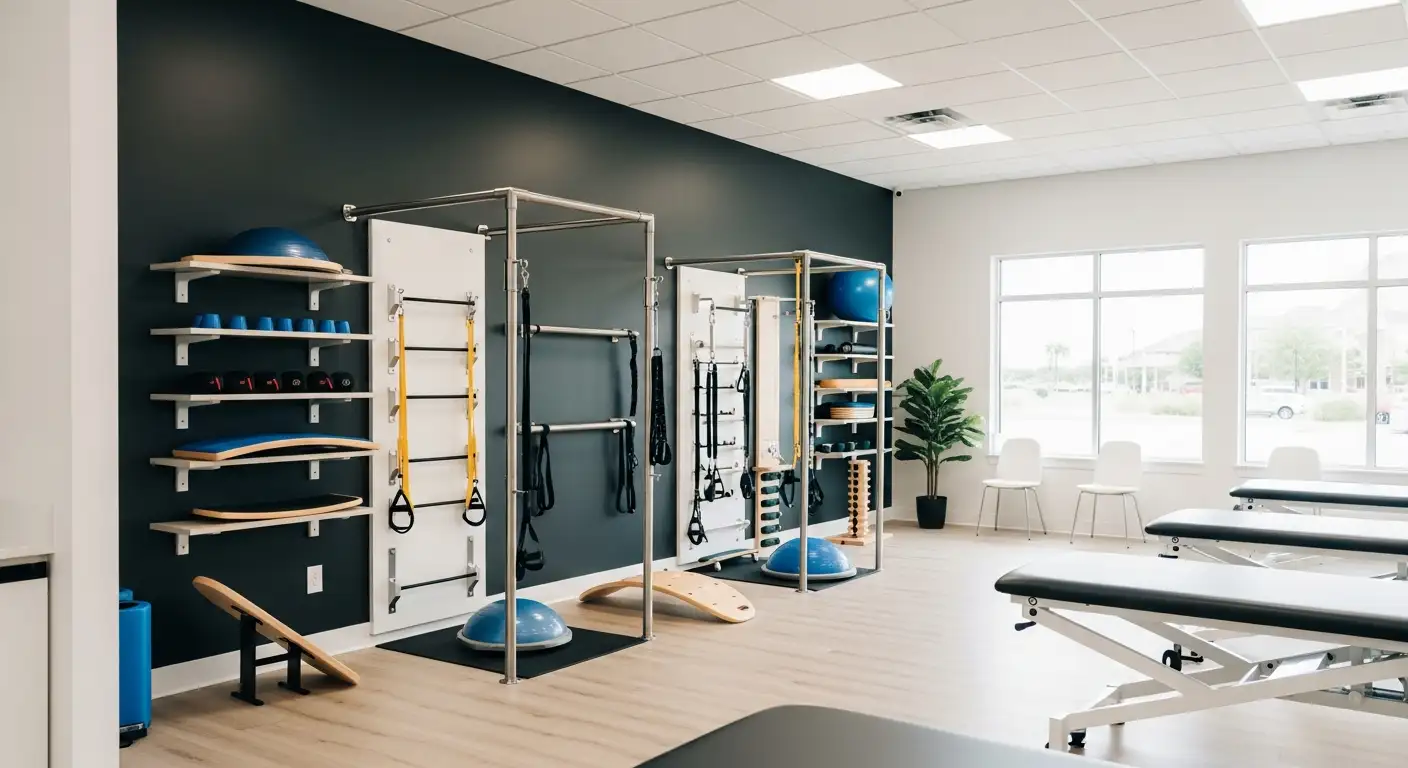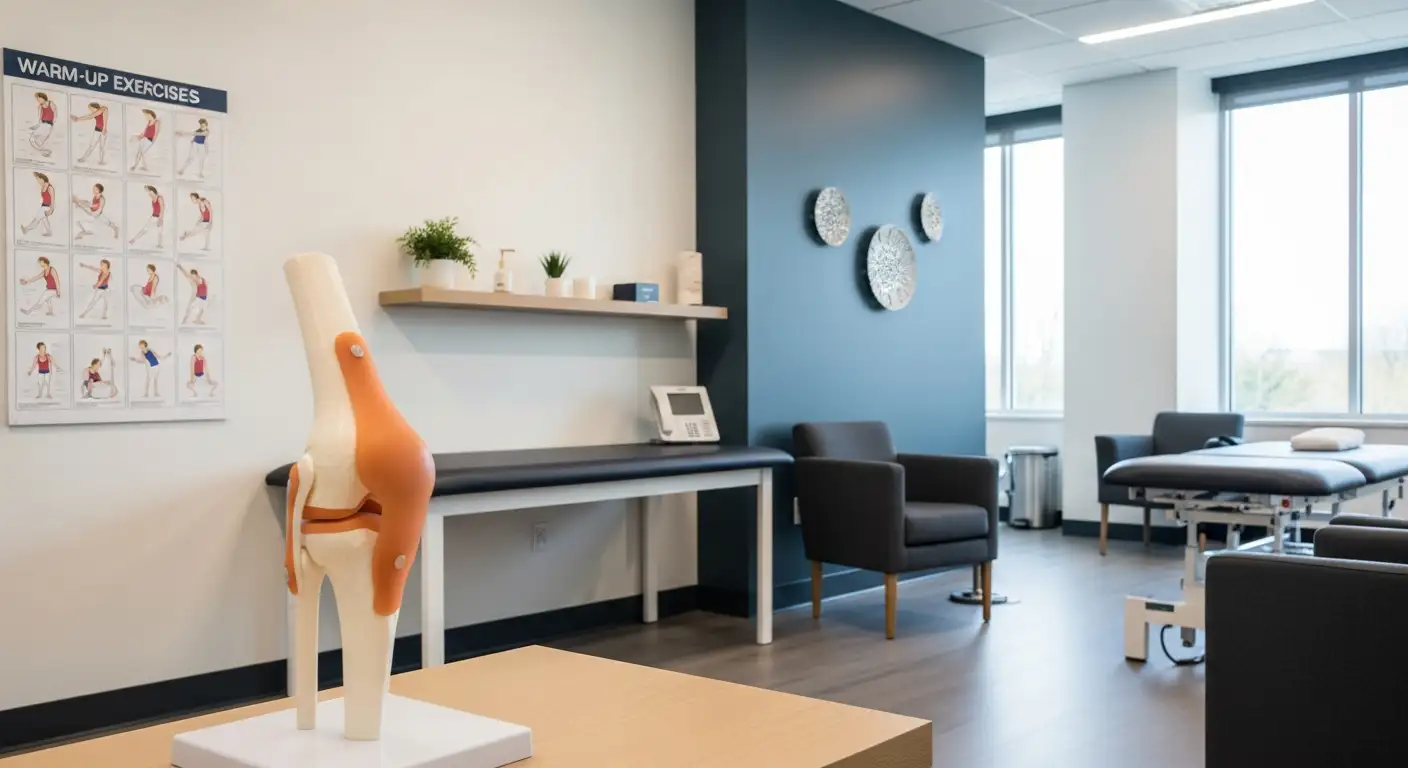Understanding Knee Surgery
Knee surgery is a medical procedure performed to address various conditions and injuries affecting the knee joint. Understanding the different types of knee surgery and their indications can provide insight into the treatment options available.

Types of Knee Surgery
There are several types of knee surgery, each tailored to address specific knee problems:
Indications for Knee Surgery
Knee surgery may be recommended for various indications, including:
It is important to consult with a healthcare professional to determine the appropriate type of knee surgery based on the specific condition and individual factors. The decision to undergo knee surgery should be made in collaboration with a healthcare team after considering the benefits, risks, and expected recovery time for each surgical option.
Factors Affecting Recovery Time
Recovery time after knee surgery can vary depending on the type of surgery performed. Here, we will explore the recovery time for three common knee surgeries: total knee replacement, arthroscopic knee surgery, and ACL reconstruction.
Recovery Time for Total Knee Replacement
Total knee replacement is a major surgical procedure that involves replacing the damaged knee joint with an artificial implant. The recovery time for total knee replacement can be extensive, with the first three months being the most challenging [1]. It can take up to a year to fully recover from a total knee replacement surgery.
During the initial recovery period, patients may experience pain, swelling, and limited mobility. Physical therapy plays a crucial role in the rehabilitation process to regain strength, flexibility, and mobility in the knee. Rehabilitation can last for several months, with gradual improvements in function and pain relief.
Recovery Time for Arthroscopic Knee Surgery
Arthroscopic knee surgery is a minimally invasive procedure that uses a small camera and specialized surgical tools to diagnose and treat various knee conditions. Recovery time for arthroscopic knee surgery is relatively shorter compared to total knee replacement.
After arthroscopic knee surgery, patients typically require 6-8 weeks of recovery time before returning to regular activities. During this period, it is essential to protect the knee joint while it heals. Physical therapy plays a vital role in restoring strength, range of motion, and overall function of the knee.
Recovery Time for ACL Reconstruction
ACL reconstruction is a surgical procedure to repair a torn anterior cruciate ligament (ACL) in the knee. Recovery time for ACL reconstruction can be more extensive compared to other knee surgeries. It can take 6-9 months for a full recovery for healthy, active patients. The initial healing period after surgery typically lasts 6-8 weeks.
The rehabilitation process after ACL reconstruction focuses on restoring range of motion, strengthening the muscles around the knee, and gradually returning to normal activities. Physical therapy is a crucial component of the recovery process to ensure a successful outcome.
It's important to note that individual recovery times may vary based on factors such as age, overall health, adherence to post-operative care, and commitment to rehabilitation. Working closely with healthcare professionals, following their guidance, and actively participating in rehabilitation exercises can help optimize recovery and achieve the best possible outcome.
Post-Surgery Rehabilitation
After knee surgery, post-surgery rehabilitation is a critical phase in the recovery process. It plays a vital role in restoring knee strength, mobility, and function. The rehabilitation program often involves physical therapy, which includes a combination of exercises, lifestyle modifications, and regular appointments with a physical therapist.
Importance of Physical Therapy
Physical therapy is a key component of post-surgery rehabilitation for knee surgery patients. It is designed to cater to the specific needs of each individual and aids in a faster recovery and improved mobility. Physical therapists work closely with patients to develop personalized exercise programs that target the affected knee and surrounding muscles.
Physical therapy appointments typically occur 2 to 3 times per week for the first few months after surgery [5]. During these sessions, patients undergo various exercises and techniques aimed at strengthening the muscles, improving range of motion, and enhancing overall knee function. The guidance and expertise of a physical therapist are essential in ensuring proper form, technique, and progression of exercises.
Exercises for Knee Surgery Recovery
Physical therapy exercises are crucial for regaining knee strength and movement post-surgery. These exercises target different muscle groups surrounding the knee, helping to improve stability, flexibility, and overall physical function. The specific exercises prescribed will depend on the type of knee surgery and individual patient needs.
Type of ExercisePurposeRange of Motion ExercisesPromote flexibility and restore full range of motion in the knee joint.Strengthening ExercisesTarget the muscles around the knee to regain strength and stability.Balance and Proprioception ExercisesImprove balance and coordination, reducing the risk of falls and re-injury.Cardiovascular ExercisesEnhance cardiovascular fitness without putting excessive strain on the knee.
Remember, it is important to follow the guidance of a physical therapist when performing these exercises. They will provide proper instruction, monitor progress, and make adjustments as needed.
Lifestyle Modifications for Recovery
In addition to physical therapy exercises, making lifestyle modifications can support a successful recovery after knee surgery. Some key considerations include:
By incorporating these lifestyle modifications and diligently following the guidance of your healthcare provider and physical therapist, you can optimize your recovery and regain mobility after knee surgery. Patience and consistency with the rehabilitation program will play a crucial role in achieving the best possible outcomes.
Success and Longevity of Knee Surgery
When considering knee surgery, it's important to understand the factors that can influence the success of the procedure and the longevity of the knee replacements. These factors play a crucial role in determining the overall outcome and satisfaction of the surgery.
Factors Influencing Recovery
Recovery after knee surgery can vary depending on several factors, including the type of surgery performed, the individual's overall health, and their commitment to post-operative rehabilitation. For a total knee replacement, it can take up to a year to fully recover, with the first three months being the most challenging [1]. However, it's important to note that the recovery timeline may vary for different individuals.
Several factors can influence the success of recovery after knee surgery. These include:
By understanding and addressing these factors, individuals can optimize their chances of a successful recovery after knee surgery.
Lifespan of Knee Replacements
Knee replacements are designed to be long-lasting, providing relief from pain and improved mobility for many years. While they can be expected to last at least 15 years, some knee replacements last 20 years or longer. However, it's important to note that no knee replacement lasts forever due to the wear and tear of the artificial joint resulting from daily activities.
The longevity of knee replacements can vary depending on several factors, including:
It's worth mentioning that the 10-year implant survival rate for knee replacements is more than 96%, and the 20-year survival rate is approximately 90%. While some individuals may require a second knee replacement surgery, it is less common, with most people not requiring one.
By understanding the factors that influence recovery and the lifespan of knee replacements, individuals can make informed decisions about their knee surgery and take steps to optimize their recovery and long-term outcomes. It's essential to have open and honest discussions with the healthcare team to address any concerns and establish realistic expectations for the surgery.
Pain Management after Knee Surgery
One of the key concerns for individuals undergoing knee surgery is managing post-surgical pain. Effective pain management plays a crucial role in facilitating a smooth recovery process. In this section, we will explore pain relief options and the role of anesthesia in knee surgery.
Pain Relief Options
Patients who have undergone knee surgery can benefit from a variety of pain relief options. The choice of pain relief method may depend on the type of knee surgery, individual patient factors, and the preferences of the healthcare team. A combination of pain medications that act by different mechanisms to control pain may be more effective than relying on a single type of pain medication post-surgery. This approach has been found to be effective in managing pain and facilitating recovery, particularly for patients undergoing minimally invasive knee replacement surgery [6].
Pain relief options after knee surgery may include:
It's important for patients to work closely with their healthcare team to develop an individualized pain management plan that addresses their specific needs and concerns.
Anesthesia for Knee Surgery
The type of anesthesia used during knee surgery is an important consideration that can impact the recovery process. Different anesthesia options can affect the risk of complications, cost, time spent in the medical facility, and how quickly physical therapy can commence post-surgery. Consulting with an anesthesiologist is crucial to determine the most suitable anesthesia based on individual factors and preferences.
Anesthesia options for knee surgery may include:
Anesthesiologists specializing in pain management can work with patients to tailor a pain management plan before and after knee surgery. They can provide valuable insights into the best pain relief options and help alleviate any concerns regarding anesthesia. Discussing pain management strategies with a pain management specialist is encouraged to explore various options for pain relief post-surgery.
By utilizing appropriate pain relief options and choosing the most suitable anesthesia, individuals undergoing knee surgery can experience better pain control and a smoother recovery process. This allows patients to actively participate in postoperative physical therapy, promoting optimal healing and restoring function to the knee.
Ensuring a Successful Recovery
To ensure a successful recovery after knee surgery, there are certain measures that individuals should prioritize. Two key aspects of a successful recovery include early mobility and engagement in physical therapy, as well as consistent follow-up care and appointments.
Early Mobility and Physical Therapy
Early mobility is crucial for preventing complications, improving range of motion, and enhancing overall recovery outcomes after knee surgery [4]. Physical therapy plays a vital role in facilitating early mobility and promoting proper healing. It is usually recommended to begin physical therapy as soon as the day after surgery, under the guidance of a professional.
Physical therapy appointments are typically recommended 2 to 3 times per week for the first couple of months after surgery [5]. These sessions focus on exercises and techniques that help improve mobility, build strength, and restore function in the knee. The exercises may include range of motion exercises, strengthening exercises, and balance training.
Adhering to the prescribed physical therapy program is essential for a successful recovery. It is important to follow the recommendations and instructions provided by the physical therapist, as they are tailored to individual needs and goals. Consistency and commitment to the physical therapy regimen can significantly contribute to the overall outcome of the surgery.
Follow-Up Care and Appointments
Consistent follow-up care and appointments are crucial for monitoring progress, evaluating the healing process, and making any necessary adjustments to the treatment plan. Regular appointments with the healthcare provider allow them to track the recovery progress, address any concerns, and provide guidance for the next steps.
During follow-up appointments, the healthcare provider may perform physical examinations, review imaging tests, and assess the range of motion and function of the knee. These evaluations help determine the effectiveness of the treatment and provide insight into the need for further interventions or modifications to the rehabilitation plan.
Apart from follow-up appointments with the healthcare provider, it is also important to attend scheduled physical therapy sessions. These sessions allow the physical therapist to assess progress, modify exercises as needed, and provide guidance on activities to perform at home.
By actively participating in follow-up care and appointments, individuals can stay on track with their recovery and address any concerns or complications that may arise. This collaborative approach between the patient, healthcare provider, and physical therapist maximizes the chances of a successful recovery.
Remember, each person's recovery timeline and requirements may vary based on factors such as the type of knee surgery, age, overall health, and commitment to post-operative care and rehabilitation [4]. It is essential to consult with healthcare providers and follow their personalized recovery plan to optimize outcomes and achieve a successful recovery after knee surgery.
References
[2]:
[3]:
[4]:
[5]:
[6]:
[7]:





